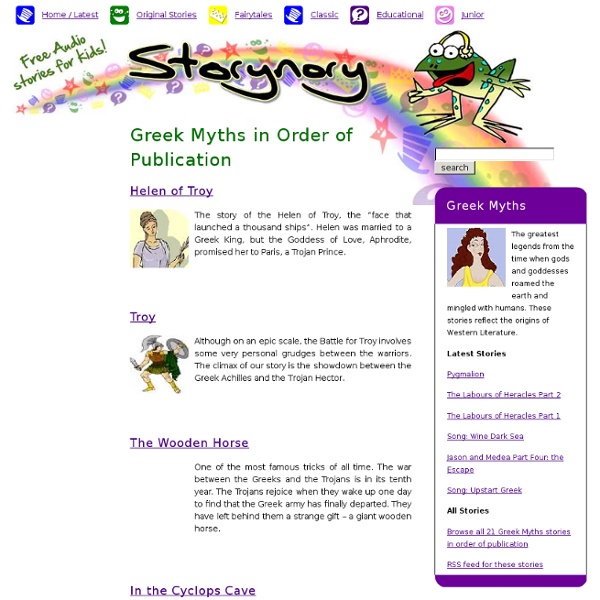



Hercules The Romans adapted the Greek hero's iconography and myths for their literature and art under the name Hercules. In later Western art and literature and in popular culture, Hercules is more commonly used than Heracles as the name of the hero. Hercules was a multifaceted figure with contradictory characteristics, which enabled later artists and writers to pick and choose how to represent him.[1] This article provides an introduction to representations of Hercules in the later tradition. Labours Slay the Nemean Lion.Slay the nine-headed Lernaean Hydra.Capture the Golden Hind of Artemis.Capture the Erymanthian Boar.Clean the Augean stables in a single day.Slay the Stymphalian Birds.Capture the Cretan Bull.Steal the Mares of Diomedes.Obtain the girdle of Hippolyta, Queen of the Amazons.Obtain the cattle of the monster Geryon.Steal the apples of the Hesperides.Capture and bring back Cerberus. Side adventures Wrestling with Achelous (16th-century plaque) Roman era Germanic association In art In films
GrimmFairyTales.com Family tree of the Greek gods Family tree of gods, goddesses and other divine figures from Ancient Greek mythology and Ancient Greek religion The following is a family tree of gods, goddesses and many other divine and semi-divine figures from Ancient Greek mythology and Ancient Greek religion. (The tree does not include creatures; for these, see List of Greek mythological creatures.) Key: The essential Olympians' names are given in bold font. See also List of Greek mythological figures Notes References Clothes worn in Ancient Greece for Kids The Greeks wore light, loose clothes as the weather was hot for most of the year. Long pieces of colourful fabric were used to make the Greek clothes. The main item of clothing for men was a tunic, called a chiton, These were big squares of cloth, held in place by pins at the shoulders and a belt round the waist. They were made from wool in the winter or linen in the summer. Women also wore clothing which was made from big square piece of linen or wool. The ancient Greeks could buy cloth and clothes in the agora, the marketplace, but that was expensive. Wealthy people had tunics made of coloured cloth. Hair was curled, arranged in interesting and carefully designed styles, and held in place with scented waxes and lotions.
Ancient Greece for Kids - Woodlands Homework Help The earliest Greek civilizations thrived nearly 4,000 years ago. The Ancient Greeks lived in Greece and the countries that we now call Bulgaria and Turkey. The Ancient Greece empire spread over Europe as far as France in the East. The Greek Empire was most powerful between 2000 BC and 146 BC The ancient Greeks developed new ideas for government, science, philosophy, religion, and art. Ancient Greece was split into many different states, each one was ruled in its own way. Legacy of the Ancient Greeks - (How Ancient Greece influenced modern day culture.) The influence of the Ancient Greeks are still felt by us today. Trial by Jury Greek Myths Democracy The word 'democracy' is Greek.
Class 3.3 Greek Temple New find challenges ‘simple’ Australian artefacts assumption PURPOSLEY sharpened or ‘retouched’ stone axes evolved in Australia thousands of years before they appeared in Europe according to researchers studying the south-east Asian archaeological record. They found 30,000-year-old flakes from ground-edged axes at a site near Windjana Gorge in the central Kimberley. In a recent paper with Professor Sue O’Connor, UWA archaeologist Jane Balme says the evidence collected challenges common assumptions about paleolithic innovations. “The suggestion that all innovation has to come from the Old World is not true because clearly ground-stone axes were created here,” Prof Balme says. She notes that they were also made in Japan at a slightly later date, by people who would have had no contact with either Australian Aborigines or people in Africa and Europe. Prof Balme says retouched axes are just one example of material culture developing independently in various parts of the world, as people have always evolved new technologies to meet their needs. Notes: